shiro-core
本篇文章只阐述最核心内容,从整体描述shiro-core,目的是能在研究shiro的漏洞时有一个全局观,因此不可能涉及全部细节。
整体架构:Apache Shiro Architecture | Apache Shiro
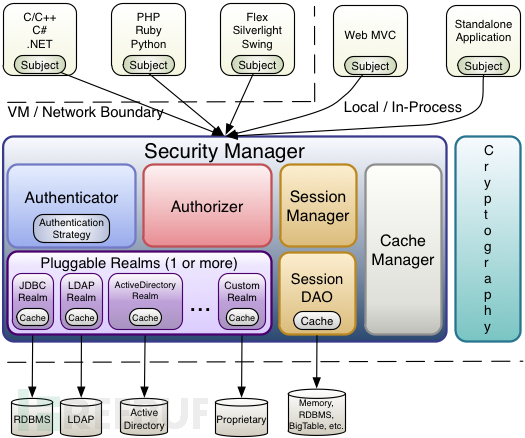
可以看出,其提供的核心功能就三个:身份验证,访问控制(授权),会话管理
其核心管理者是securityManager,外部接口是subject具体的包结构(仅包括最核心部分)
【Abstraction:设计 】【Process: 部署 + 接口(deployment+interface,Class-based)
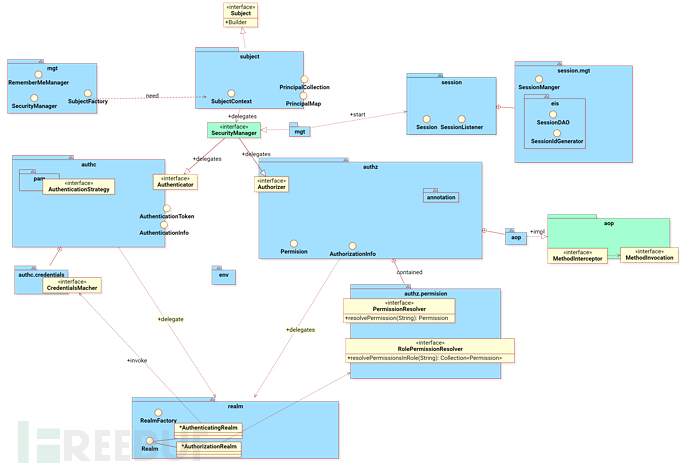
图中圆也是接口
整体初始化流程【Abstraction:实现】【Process: 流程】
==所有的开始,都是从配置开始==,配置的方式主要有两种:编程式配置,配置文件读取与解析(利用反射机制,调用构造函数,setter,getter),初始化的对象,主要是SecurityManager
Apache Shiro Configuration | Apache Shiro
SecurtyManager
securityManager只负责调度,它会将大部分功能委托给其他组件完成:
Authenticator负责身份认证,Authorizer负责访问控制,SessionManager负责会话管理

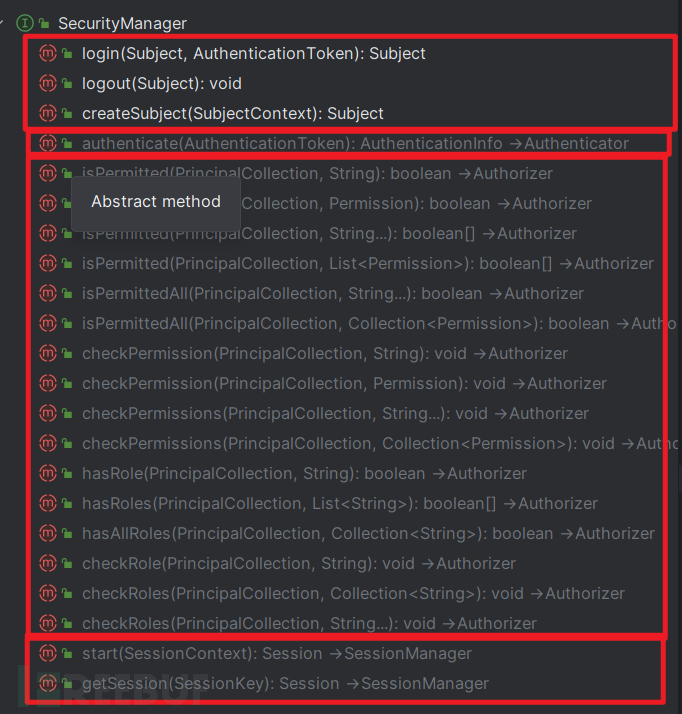
核心功能:
(1)登入,登出,创建subject
(2) 身份认证
(3)授权
(4)会话管理
类图:数据据结构
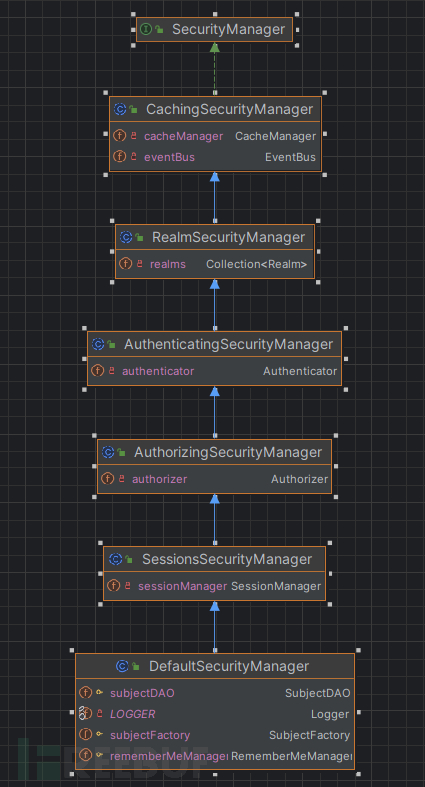
Subject
代表的是外部实体,一般是一次请求
设计模式
builder pattern
工厂模式
实现
数据结构
内部类:Subject.Builder
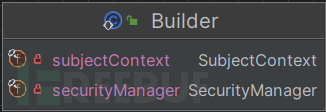
默认实现:DelegatingSubject:其字段就是其存储的信息
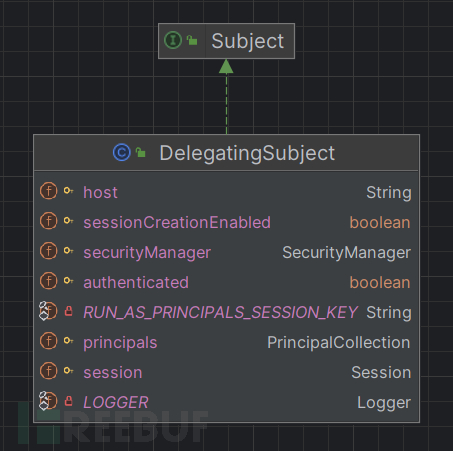
创建过程
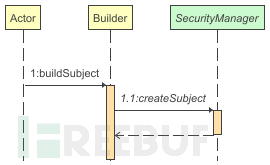
核心算法
SecurityManager的默认实现: DefaultSecurityManager:
初始化SubjectContext,然后调用doCreateSubject(context)创建subject,(其底层是委托给SubjectFactory)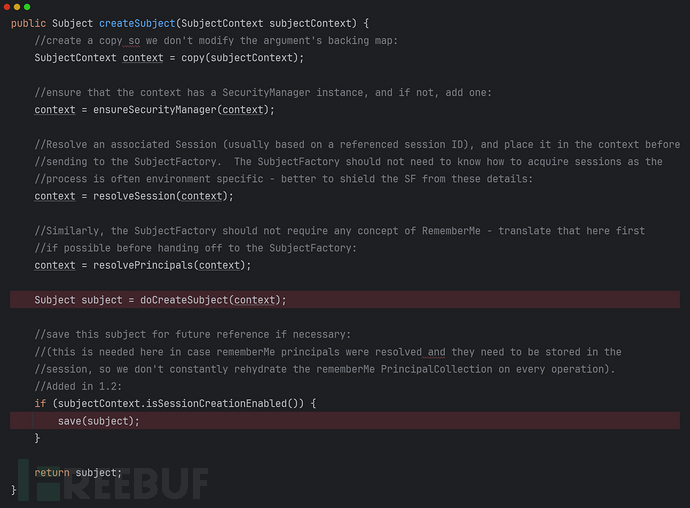
当创建subject后,会将当前subject的信息存储到会话中(主要是Principals, isAuthenticated,)关于SubjectContext
图中下面的部分是Map中的key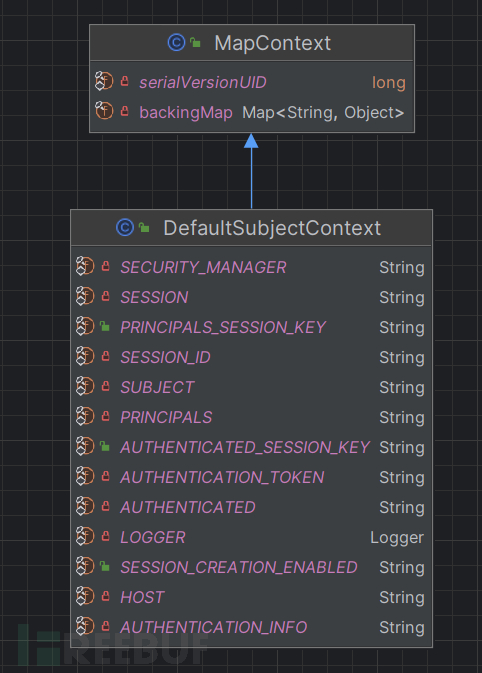
Authenticator
负责身份认证,也就是检查principal和credentials
1 设计模式
AOP(编程思想,而不是模式)&& 策略模式
Filter、Interceptor、Spring AOP 的对比
Filter、Interceptor 和 Spring AOP 都体现了面向切面编程(AOP)的思想,本质上是为了解决横切关注点的问题。它们的主要区别在于粒度(切入点的层次不同),但其核心思想一致:将业务逻辑和通用逻辑(如认证、日志、事务)解耦,实现关注点分离。
AOP来源于 关注点分离原则
| 类型 | 切入点 | |
|---|---|---|
| Filter | 程序级别:Servlet | |
| Interceptor | 类级别 : Controller | |
| spring AOP | 方法级别 |
所以,我们可以说,Filter、Interceptor 和 AOP 都是面向切面编程的不同层次实现
工厂模式
RealmFatory委托:将数据查询委托给Realm
策略
2 实现
数据结构/类图
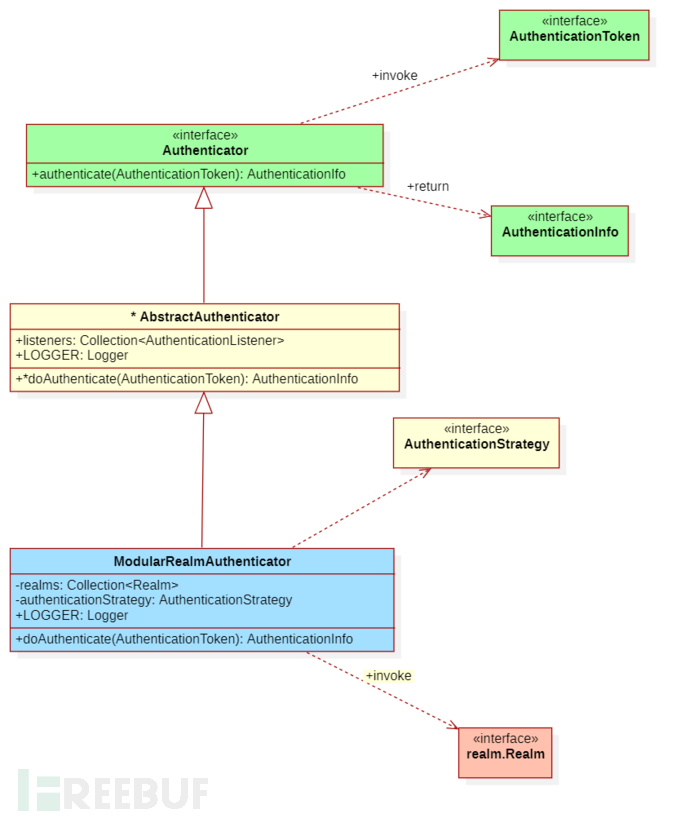
身份验证流程
整体流程:层层代理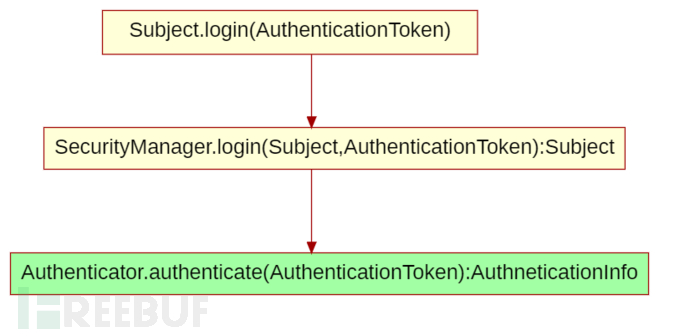
具体流程:分为single和Multi两个分支,single部分只做最简单的验证,也就是根据Principal和credentials查询相应信息,查得到就是验证成功,查不到或发生任何异常就验证失败,而multi部分只是在single的基础上添加一些aop操作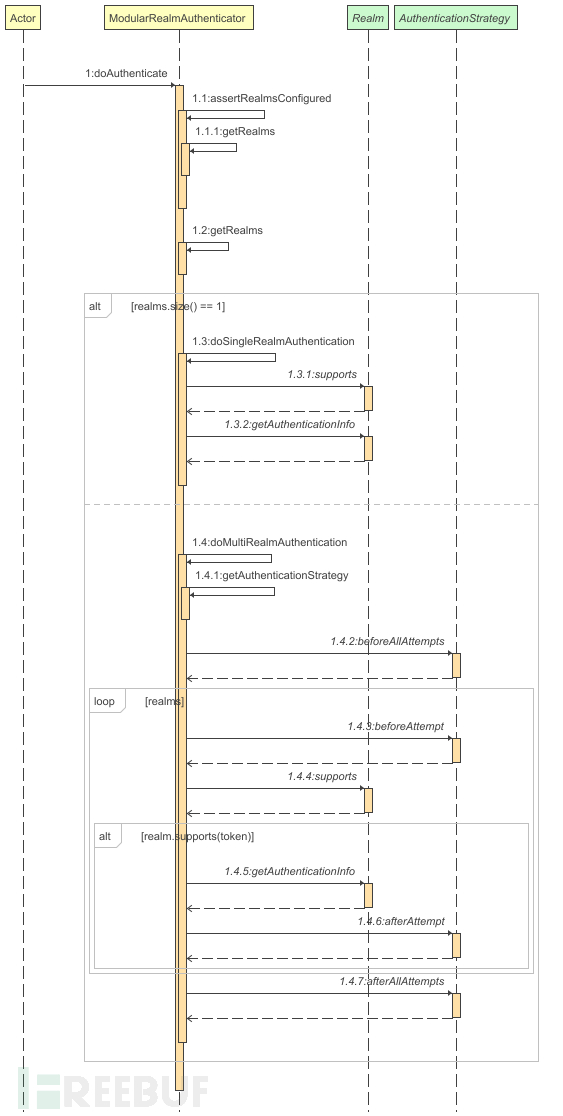
部分源码
ModularRealmAuthenticator::
Authorizer
Authorization Elements
Permision = Resource + Actions
Role 是权限的集合
User
实现
1.数据结构/类图

可以看出 委托模式和 代理模式(jdk) 在代码形式上是一致的,因为委托模式可以看作“没有任何代理逻辑的代理模式”
授权流程(工作流程)
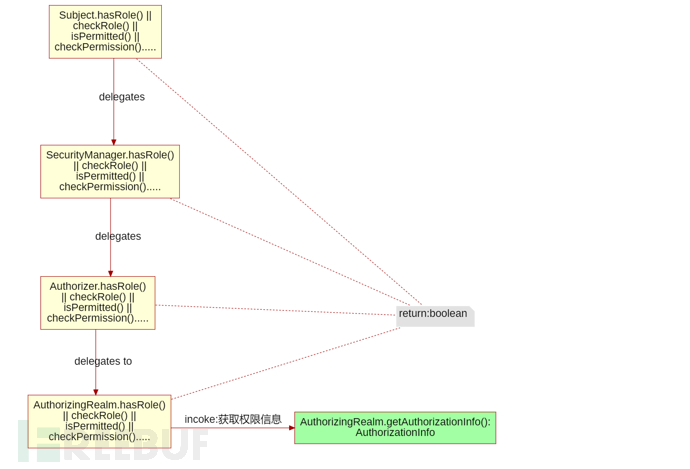
核心算法
只要所拥有的权限集合中任意一个权限**包含(implies)**了所需权限则授权成功
//参数1:当前操作所需的权限
//参数2:当前用户所拥有的授权信息
protected boolean isPermitted(Permission permission, AuthorizationInfo info) {
Collection<Permission> perms = getPermissions(info); //所拥有的权限集合
if (perms != null && !perms.isEmpty()) {
for (Permission perm : perms) {
if (perm.implies(permission)) {//表示perm 包含 permission
return true;
}
}
}
return false;
}
SessionManager
Session Management | Apache Shiro
Like other core architectural components in Shiro, theSessionManageris a top-level component maintained by theSecurityManager
设计模式
监听
DAO&委托
SessionManagerimplementations delegate these Create/Read/Update/Delete (CRUD) operations to an internal component, theSessionDAO, which reflects the Data Access Object (DAO)design pattern.
实现
1.数据结构/类图

SessionDAO默认实现是用内存,由shiro实现,其他方式需要由Application自己实现.
shiro-web的WebsessionManager 的两个实现分别对应native(用shiro自己实现的会话管理) 和 serveltcontainer(调用ServletContainer实现的会话管理
源码:ServletContainerSessionManager::
public Session getSession(SessionKey key) throws SessionException {
if (!WebUtils.isHttp(key)) {
String msg = "SessionKey must be an HTTP compatible implementation.";
throw new IllegalArgumentException(msg);
}
HttpServletRequest request = WebUtils.getHttpRequest(key);
Session session = null;
//调用servlet container实现的接口
HttpSession httpSession = request.getSession(false);
if (httpSession != null) {
session = createSession(httpSession, request.getRemoteHost());
}
return session;
}
Realms
负责获取验证信息,访问控制(权限检查),shiro提供了一些简单实现,但通常由Application根据业务实现
Apache Shiro Realms | Apache Shiro
shiro-web
shiro-web是shiro-core的wrapper:
其特征都是 ”实现一方,调用一方“ 注:调用不一定要显式的调用(代码上的),隐式调用也算,比如子类对于没有重写父类的方法,其字节码的函数引用与父类的一致,所以也可算作子类调用了父类的函数
比如shiro-web实现了Filter接口,从而使得Tomcat可以调用,同时ShiroFilter,又调用了WebSubject,
从抽象的接口的意义上讲,Shiro***Filter调用WebSubject相关验证和授权接口,但这些接口是继承自Subject的,所以会调用Subject接口,从而调用了shiro-core
如图:红色代表shiro-core, 蓝色是shiro-web
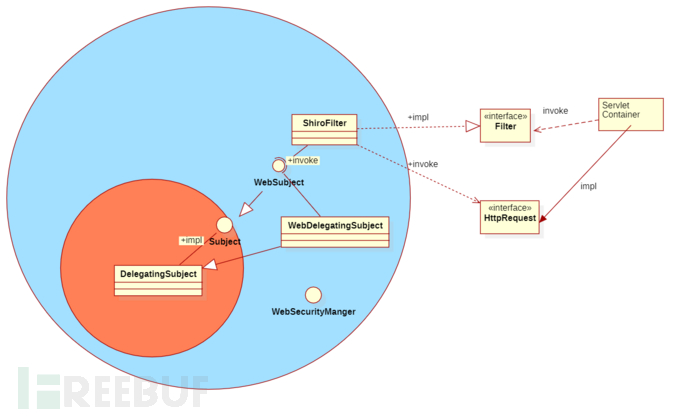
从具体实现的意义过程来讲,当然是类调用类,但这是实现,不是"概念",从抽象意义讨论调用过程比较契合概念.
同时由于其是软件级别的wrapper,shiro-core与其wrapper(shiro-web) 不是完全单向的调用关系,某些情况shiro-core会调用wrapper中的实现,比如SessionManager的两种实现
同时shiro-web与Servlet容器也不是单向关系
session管理冲突:
Session管理的使用,servlet容器(Tomcat) 已经实现了 的(Tomcat的Session管理(一) - coldridgeValley - 博客园 (cnblogs.com)),所以到底是使用 shrio提供的SessionManager,还是Tomcat已经实现的 是一个需要考虑的选择,shiro当然考虑到了这点
具体适配方式以后展开
Reference
什么是计算机软件设计中的 wrapper 技术 - 知乎 (zhihu.com)
如需授权、对文章有疑问或需删除稿件,请联系 FreeBuf 客服小蜜蜂(微信:freebee1024)





